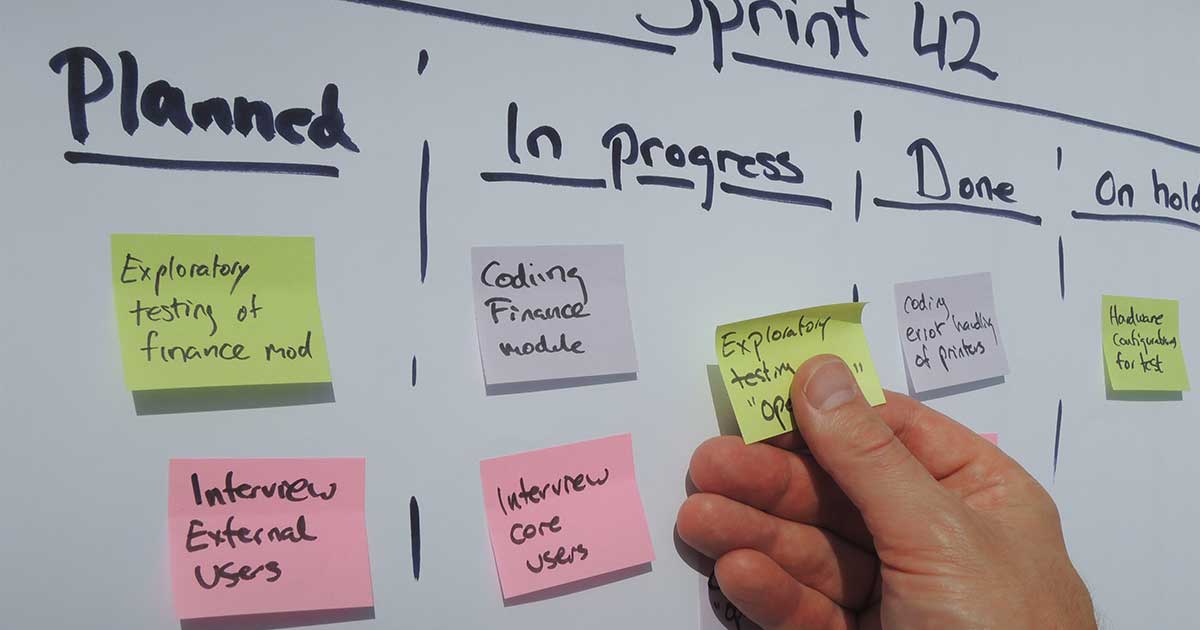
How to Establish an Organizational Culture that Supports Projects
The Problem
Projects are becoming a critical part of corporate success yet research tells us that most projects do not fully succeed. According to the 2004 PriceWaterhouseCoopers Survey of 10,640 projects valued at $7.2 billion, across a broad range of industries, large and small, only 2.5% of global businesses achieve 100% project success and over 50% of global business projects fail. The Chaos Survey by The Standish Group reports similar findings. They say that 71% of all projects are either “challenged” (due to late delivery, being over-budget, or delivering less than required features), or “failed” and are cancelled prior to completion or the product developed is never used. Their statistics have not effectively changed since 1994.
Organizations have implemented tools, templates and methodologies, but performance does not change. Why? According to our own research of over 750 global companies, the missing element is a culture where working effectively on projects is accepted as “just part of what we do.”
What Our Research Tells Us
Business Improvement Architect’s project management research of over 750 organizations world-wide shows that 60% of Project Management Offices (PMO) say that the organizational culture is not supportive of the PMO. The major reason for project failure is that most organizations do not ensure that all projects they implement align with their organization’s corporate strategy. Furthermore, findings show that performance management systems do not take into account new reporting structures such as Matrix Management. The result is that employees identify time spent on projects as an intrusion to their daily job. Moreover, few organizations clearly define and consistently use project success measures from one project to another and usually fail to capture and retain project knowledge. The bottom-line is that most organizations today are operating with a diversity of organizational cultures that change from one project to the next, from one department to the next. The answer is for organizations to embed the best practices that make or break their projects into the very framework and support systems of the organization. We call this a
Project Culture Initiative™.
Organizational Culture and Organizational ‘Project’ Culture
“Organization culture is like pornography; it is hard to define, but you know when you see it.”
– Ellen Wallach
Organizational culture is made up of the attitudes, values, beliefs and behaviors of its employees. It reflects the demonstrated values and principles of the workplace, permeating everything an organization does. Essentially, it can make or break your organization.
The ideal organizational culture is one in which projects are considered in strategic planning and are implemented to support an organization’s corporate strategy and corporate objectives. In this way, they receive the necessary attention and support of senior management and the organization’s resources to allow them to succeed. Each organization will have its own ‘ideal’ organizational culture, support systems and internal and external resources to achieve this.
What are the Benefits of Implementing an Organizational Culture that Supports Projects?
Having the right organizational culture that incorporates project management provides your organization with a number of benefits:
- Projects will be aligned with corporate strategies, ensuring that business objectives are met.
- Projects come in on time, so your time to market is improved.
- Projects come in on budget, potentially saving millions each year.
- Projects meet customer expectations so customer satisfaction levels increase.
- Project teams are more effective and efficient, leading to high morale and more dedicated staff.
What Will a Project Culture Initiative™ (PCI™) Involve?
A Project Culture Initiative™ (PCI™) is about:
- Having the “right” reporting structures for projects.
- Having project prioritization systems to align projects with corporate strategies and business objectives.
- Developing the ‘right’ Performance Management to recognize work performed on projects.
- Integrating Project Management best practices for all projects.
- A Project Culture Initiative™ (PCI™) is not about: tools, techniques, methodologies, Matrix Management, project management processes or training.
Creating an Organizational ‘Project’ Culture
Creating an organizational ‘project’ culture requires organizations to:
- Understand what makes up their “ideal” organizational culture to incorporate projects.
- Measure where they stand today against the “ideal” organizational ‘project’ culture.
- Determine the goal and strategy to close the gap.
- Develop and implement the plan.
- Measure progress.
The Project Culture Initiative™ (PCI™)
The Project Culture Initiative™ (PCI™) is a proprietary change management process to help assess, identify and close the gaps between existing organizational culture and ideal organizational ‘project’ culture. The process has been designed from learning acquired through the research and experience we have conducted with organizations globally and applies our organization’s extensive knowledge capital and expertise.
The PCI™ process creates positive changes in the organizational culture that are sustainable and brought about by all staff. All staff is engaged in the process to ensure their voices are heard, their contribution is counted and to gain commitment and buy-in. The process will also ensure that the changing customer requirements are continually met and the strategic plan is successfully executed.
There are four steps in the Project Culture Initiative™ (PCI™):
- Create a Project Culture Initiative™(PCI™) Steering Committee
- Communicate the PCI™ to the organization.
- Measure the organization’s current culture against the “ideal” project culture.
- Develop strategies to close the gap between the current and “ideal” project culture.
Step 1: Create a Steering Committee
A cross-functional steering committee that consists of a mix of management and staff will lead the project, guiding the approach for the organization. This committee will report directly to their Sponsor, the CEO/President of the organization. It will be important for the Steering Committee to define their purpose, roles and responsibilities as well as their communication strategy and expected outcomes. They will develop sub-committees of staff who will help to manage the on-going project change requirements.
Step 2: Communicate the PCI™ to the organization.
Once the Steering Committee has undertaken the first step, they will communicate the initiative to the rest of the organization—explaining why it is important and how it will benefit staff.
Step 3: Measure the current organizational culture against the “ideal” organizational ‘project’ culture.
To measure the base point for the current organizational culture in relation to the “ideal” organizational ‘project’ culture, staff of all levels will be asked to complete a survey. These individuals might spend a lot of time on projects or very little time. They may be a project leader or a project team member. They may be working on a small project on their own or be part of a very large project. They might provide resources to a project but not actually be involved in any project directly. All these individuals should be included to provide a 360-degree feedback view of the current organizational culture with regard to project management. The survey will identify the gaps and where they exist and will also gauge the organization’s readiness for change. Analysis of the results will help the organization to identify the organizational forces likely to drive or impede change and what changes are necessary to close the gap between existing and ideal organizational ‘project’ culture.
Step 4: Develop strategies to close the gap between current and “ideal” project culture.
It’s management’s responsibility to determine how to close the gap between the current and “ideal” project culture for their organization.
Conclusion
At the end of the day, the beneficial outcomes of the Project Culture Initiative™ (PCI™) will be to:
Guide your organization through a process to define and create a healthy Project Management environment.
Identify the organizational changes that may be necessary to facilitate your ideal organizational ‘project’ culture.
Outline a plan to achieve your ideal organizational ‘project’ culture.
Our research tells us that this process will help your organization improve its project management performance and business success by ensuring that project management becomes a competency embedded into everyone’s role.



